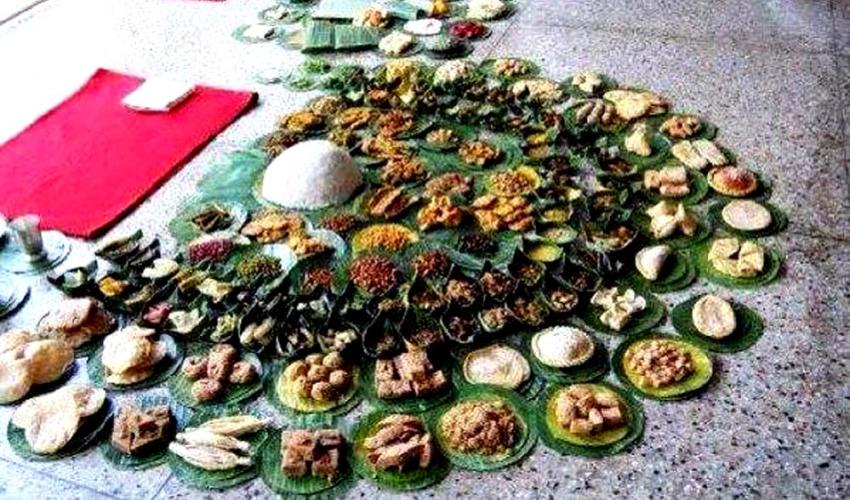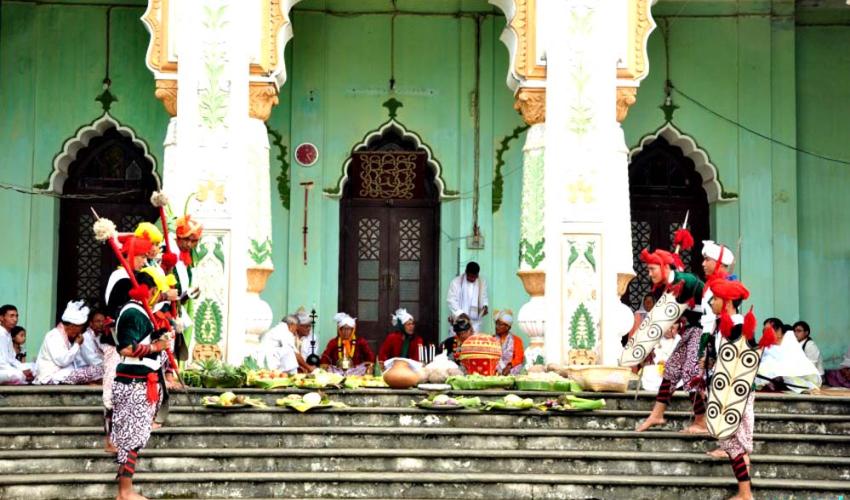Autumn brings festivity in Manipur with the fragrance of season flowers, dew drops on the green grass under the starry sky at night. Lilies and lotus bloom brightly on the ponds and water bodies. The people of Manipur find it an ideal season to worship the gods and goddesses. The dominating festival here is the Kwak Jatra. This is the Manipuri version of the Durga Puja where the goddess of strength is worshipped for four or five days. The best place to visit during the week long festival is Imphal. The count down starts on the day of Mahalaya, just a week ahead of the festival. Then the idols of the goddess of strength along with Her sons and daughters are installed to be worshipped amid the sound of dhak, dhunuchi and shiuli along with the traditional instruments. Initially, the focus is concentrated on a huge cultural procession where the idols the goddess along Laxmi, Saraswati, Ganesh and Kartik are carried on a vehicle. This is followed by the puja offering to the goddess with 108 dishes at the Shri Shri Govindajee Temple in Imphal. According to the traditional belief in Manipur, Kwak Jatra means driving away the crow which is similar to the killing of the demon Ravana. The festival, precisely, implies the victory of good over evil. The kings and his nobles are allowed to take their seats at the make shift sheds. Then the king would land in the festival venue from a beautiful elephant whom they call Shembang Mahum. The nobles would arrive on horses and palanquins. The interesting part of the festival is sword and spear play which is called thang—ta. The priest would announce good or bad omen as soon as the king receives the message of Ravana’s killing.
Another striking feature of the festival is the rafting competition near the Manipur Palace at night just before the immersion of the idols which marks the end of the event. Before the ceremonial immersion of the idols, the goddess is taken in a huge procession across the capital city. The colourful procession comprises a long line of litters, then a crowd of spearmen and swordsmen, ponies and the dreaded horsemen.
The Commander in-Chief comes behind the motley crew came on an elephant. Behind the C-in-C is the king himself on an elephant. One person in each of the household keeps waiting in the gates and offer sugar cane or plantain stuck, betel-nut, rice, water to the procession as their custom which has been remaining in force since the regime of the king Khagenba. To top it all, the festival keeps the colourful traditions alive apart from strengthening the brotherhood and bonhomie among the various sections of the people.
Kwak Jatra Festival
Location


